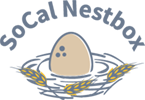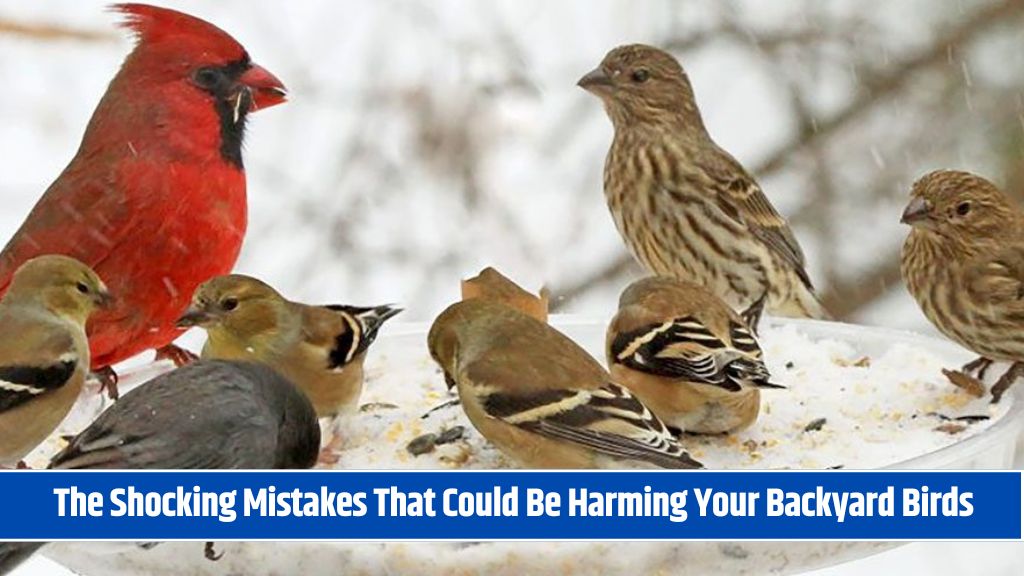Attracting birds to your yard is a great way to enjoy wildlife up close, but it also creates an environment where birds gather in ways they rarely do in the wild. This can increase the risk of disease transmission, especially with concerns like avian flu. While the risks can change seasonally, maintaining clean and safe feeding areas should be a year-round priority.
This guide covers the best practices for cleaning bird feeders and baths, when and where to set them up, and what to do if you encounter a sick or dead bird.
How to Clean Bird Feeders and Baths
Regular cleaning is essential to prevent the spread of fungus, bacteria, and parasites among birds. Here’s how to do it properly:
Step 1: Dispose of Uneaten Seed
- Avoid dumping old seed on the ground, as it can attract pests and spread disease.
- Sweep up fallen seed regularly.
Step 2: Scrub and Sanitize Feeders
- Wash feeders with soap and water.
- Soak for 15 minutes in a 50-50 vinegar-and-water solution to sanitize.
- Rinse thoroughly to remove any residue.
- If the feeder is dishwasher-safe, use the dishwasher for thorough cleaning.
- Always dry completely before refilling, as moisture can cause fungus and bacteria growth.
Step 3: Clean Birdbaths Regularly
- Change water daily or every other day to prevent mosquitoes, algae, and bacteria.
- Scrub with a vinegar solution, then rinse well.
When to Clean Feeders and Birdbaths
You may not always see mold, bacteria, or fungi growing inside feeders or seeds, so regular cleaning is essential.
| Type of Feeder | Recommended Cleaning Frequency |
|---|---|
| Seed and Suet Feeders | Every two weeks (more often in hot and humid weather) |
| Hummingbird Feeders | Every few days (daily in hot weather) |
| Birdbaths | Daily or every other day |
If you notice white, green, or colorful streaks in a feeder, it is overdue for a cleaning.
Where to Set Up Bird Feeders and Baths
Proper placement can reduce risks for birds and improve their safety while feeding and drinking.
- Choose a shaded, dry spot – Direct sunlight and moisture promote mold growth.
- Keep birdbaths away from debris and waste – Avoid placing them under feeders or near animal droppings.
- Provide quick escape routes – Position feeders near bushes or shrubs for birds to escape predators.
- Prevent window collisions – Place feeders and baths either very close (within 3 feet) or at least 30 feet away from windows to reduce bird strikes.
- Keep pets away – Cats, dogs, and backyard chickens can spread diseases or harm birds.
For additional safety, treat windows with bird-friendly stickers or decals to prevent birds from flying into reflections.
What to Do If You See a Sick or Dead Bird
Observing your backyard birds regularly can help you spot signs of illness early.
If You Find a Sick or Injured Bird
- If the bird cannot fly away, place it gently in a small, lidded cardboard box lined with a paper towel or soft fabric.
- Call a licensed wildlife rehabilitator for further instructions.
- Do not attempt to catch highly mobile sick birds, as you could injure them further.
If You Find a Dead Bird or Several Sick Birds
- Take down feeders and birdbaths for a few days to prevent further spread of disease.
- Report the sighting to your local state wildlife agency.
Creating a safe feeding environment for birds requires regular cleaning, proper feeder placement, and monitoring for illness. By following these simple steps, you can protect birds from disease while continuing to enjoy their presence in your yard.
For more information on bird safety and disease prevention, visit your local wildlife agency or bird conservation groups.

